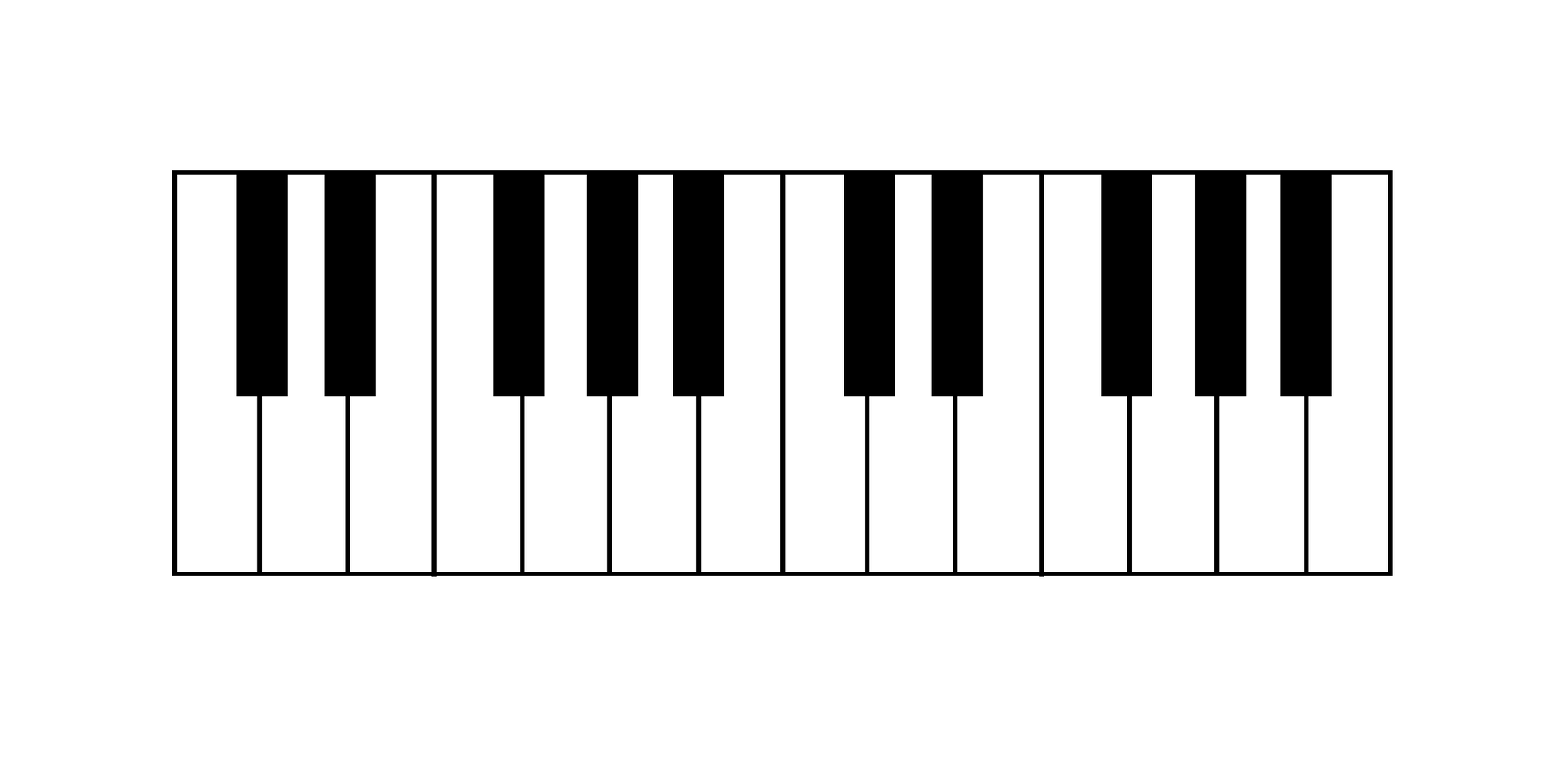If you’ve ever felt stuck in your music compositions, negative harmony can open up new creative possibilities. Negative harmony allows you to invert melodies and harmonies along a symmetry axis, producing unique and unexpected sounds.
In this guide, you'll learn:
✔️ What negative harmony is and how it works
✔️ Step-by-step instructions to apply it in your compositions
✔️ Examples from famous songs (like Get Lucky by Daft Punk)
By the end, you'll know how to use negative harmony to add fresh colors to your music.

Before we dive into the main topic, I want to share two useful methods to spice up your composition process. These will be very helpful in understanding how negative harmony works later on.
Method 1: changing the melody from a major key to a minor key
This method simply involves changing the key signature from major to minor within the same scale.
We'll start with a melody in A Major and shift it to A Minor. To illustrate, let's use the opening melody of Get Lucky by Daft Punk (which I personally love 🤫).
🎵 Original melody (A Major):
E - F# - B - A - G# - A - G# - F#
Now, let’s shift the key to A minor (Am). Since Am has no sharps or flats, the melody transforms like this:
🎵 Melody in A Minor:
E - F - B - A - G - A - G - F
This simple approach changes the mood, but we can take it a step further by using modes.
Method 2: Changing the mode
Instead of changing the key, we can keep the key but switch the mode.
This time, we’ll use the Aeolian mode (also known as the minor relative). For A Major, the relative minor scale or the aeolian mode is F# minor (F#m).
💡 If you are unfamiliar with modes or would like to refresh your memory, check out this article.
As shown in the original score, the melody follows this progression:
V - VI - II - I - VII - I - VII - VI
In the major mode (A Major), it translates to:
E - F# - B - A - G# - A - G# - F
In the Aeolian mode (F# minor), it translates to:
C - D - G# - F# - E - F# - E - D
Now, let's listen to them played at the same time.
The result? The melody keeps its identity but takes on a different color. This type of inversion is both simple and effective.
🤯 But what if I told you there's an even more elegant way to do it?
Now, let's get down to business.
How does negative harmony works?
Negative harmony is a transposition system that mirrors a melody or harmony along a symmetry axis.
At first, this may sound confusing, but don’t worry—it will become clear with an example.
Let’s go back to Get Lucky and apply negative harmony.

Step 1: Choose a Symmetry Axis
For this transposition system you need to choose a symetry axis, you can choose the one you prefer, for today we'll use A as our axis.
If you have a keyboard, use it to visualize this concept. Otherwise, try the touch keyboard available on Flat.

Step 2: Mirror the Notes Across the Axis
By following the melody and symmetry axis, we get:
🎵 Original Melody: E - F# - B - A - G# - A - G# - F
Now, apply the symmetry rules:
- Move a 4th down (left) from the axis: E
- Move a 3rd down: F#
- Move a 2nd up (right): B
- Play the axis note: A
- Move a 2nd down: G
- Play the axis note again: A
- Move a 2nd down: G
- Move a 3rd down: F#

Now, let's mirror the notes:
- Reverse the direction of each interval from the axis.
- Find the corresponding mirrored note.
Here’s how the notes transform:
- Move 4th down (left) from the axis: A
- Move 3rd down: Bb
- Move 2nd up (right): Eb
- Play the axis note: A
- Move 2nd down: G#
- Play the axis note again: A
- Move 2nd down: G#
- Move 3rd down: Bb
🎵 Resulting Melody: D - C# - F# - A - B - A - B - C#
This mirrored version maintains the structure while creating a fresh, inverted sound.

Let's listen to the result:
Now, let's compare the original melody with the result:
It's getting interesting, don’t you think?
Now that we understand the symmetry axis, let’s dive into negative harmony.
Negative Inversion: Creating Harmonies with a Symmetry Axis
To create negative harmony chords, we place the symmetry axis between two notes—the minor third and major third of the key.
For A Major, the minor and major thirds are C and C#.

Each note on one side of the axis has a mirrored note on the other side, forming new chord inversions.


Now, let's take the melody and modify the notes.
In this case, the melody is:
E - F# - B - A - G# - A - G# - F
Let's consider our symmetry axis. This gives us the following negative melody:
A - G# - D - E - F# - E - F# - G#

Let's listen to it!
To adapt the harmony, we need to take a chord progression and apply negative inversion to each note of every chord.
For example, let’s consider the A Major chord. According to our symmetry axis:

What chord is that?
Am (A - C - E).
That's it! Now you understand the process.
Here’s a great example of negative harmony:
💡 Final tip
🎶 I always keep a piano diagram on hand, marking the notes and symmetry axis. Using a color code, I visualize which notes correspond to each other.
Here’s a piano diagram for you—feel free to take a screenshot or print it out for reference anytime!


Next Steps: Apply Negative Harmony to Your Own Music
Now that you know what negative harmony is, are you ready to experiment? Open your notation software and try inverting a melody using negative harmony!
💡 More Music Theory Resources:
Let’s get creative—see you next time! 🎵
